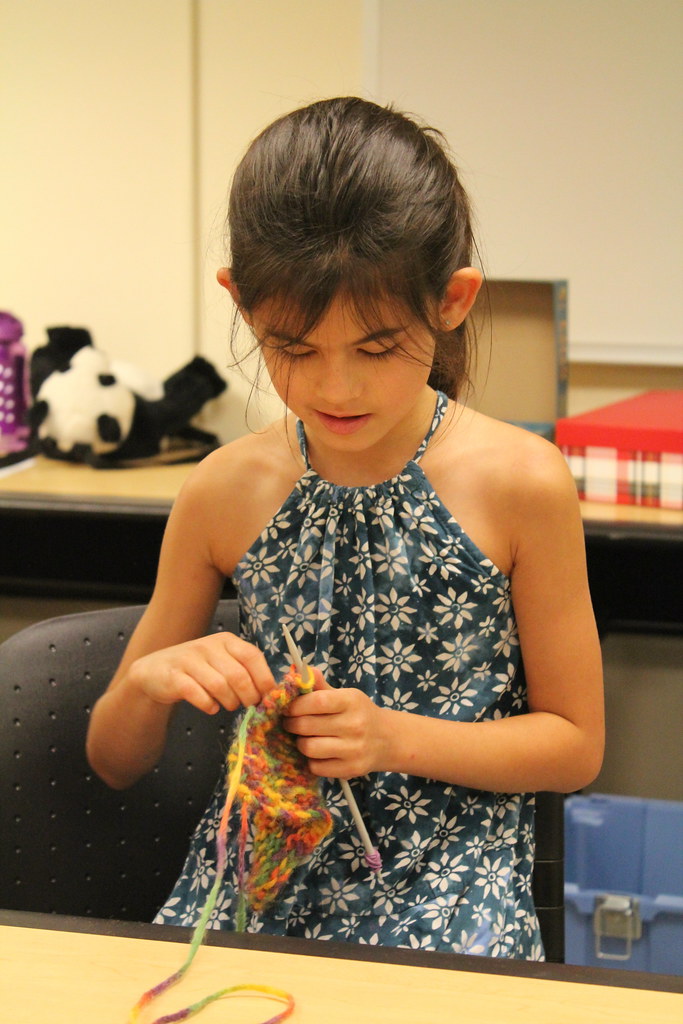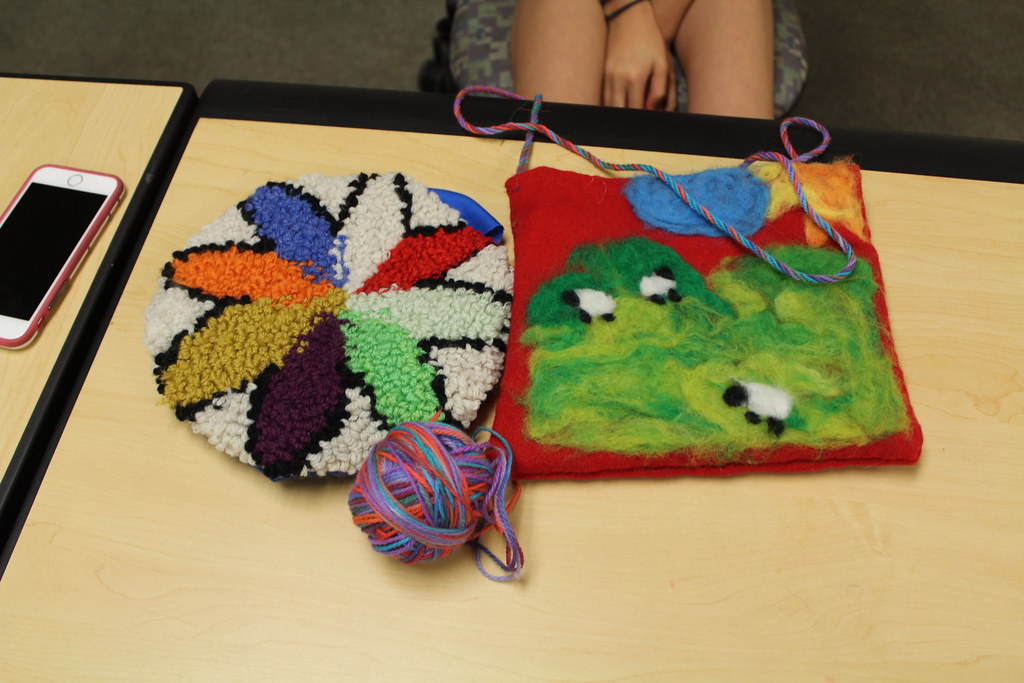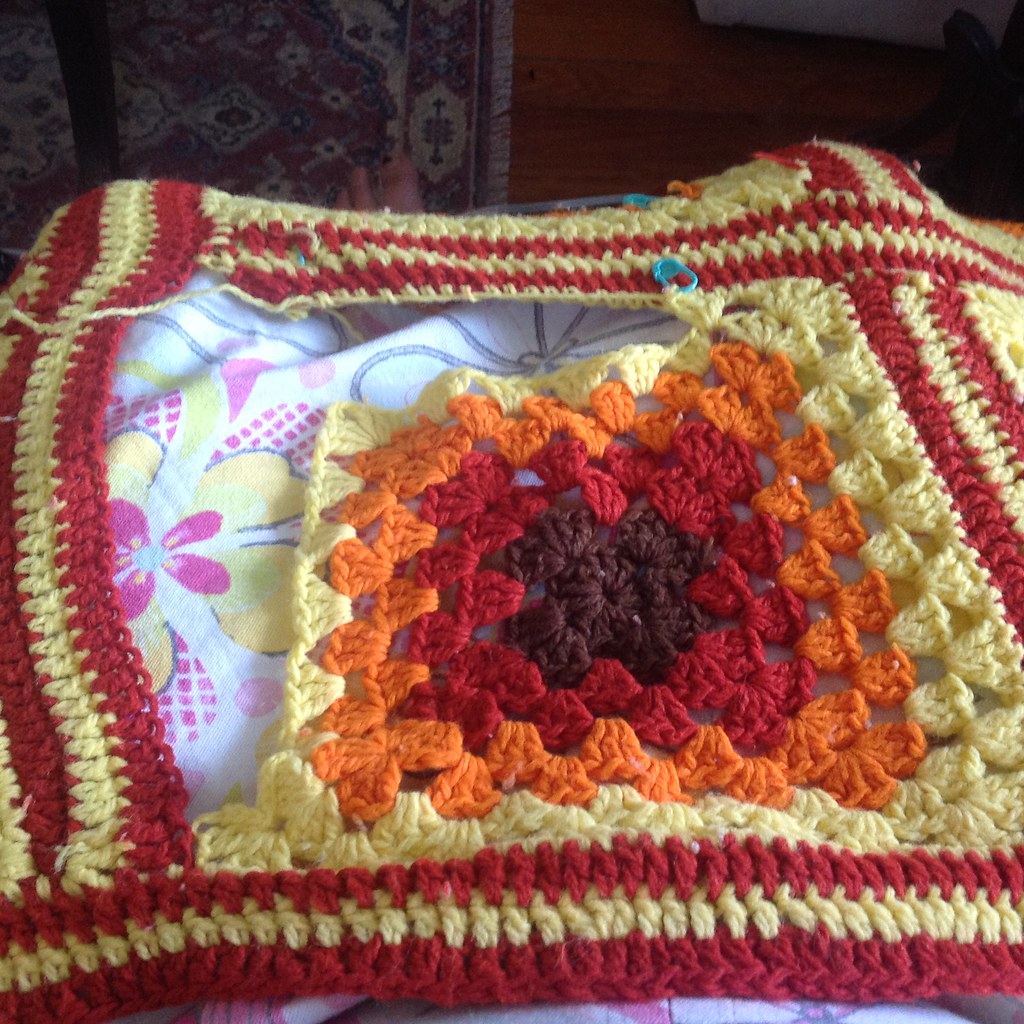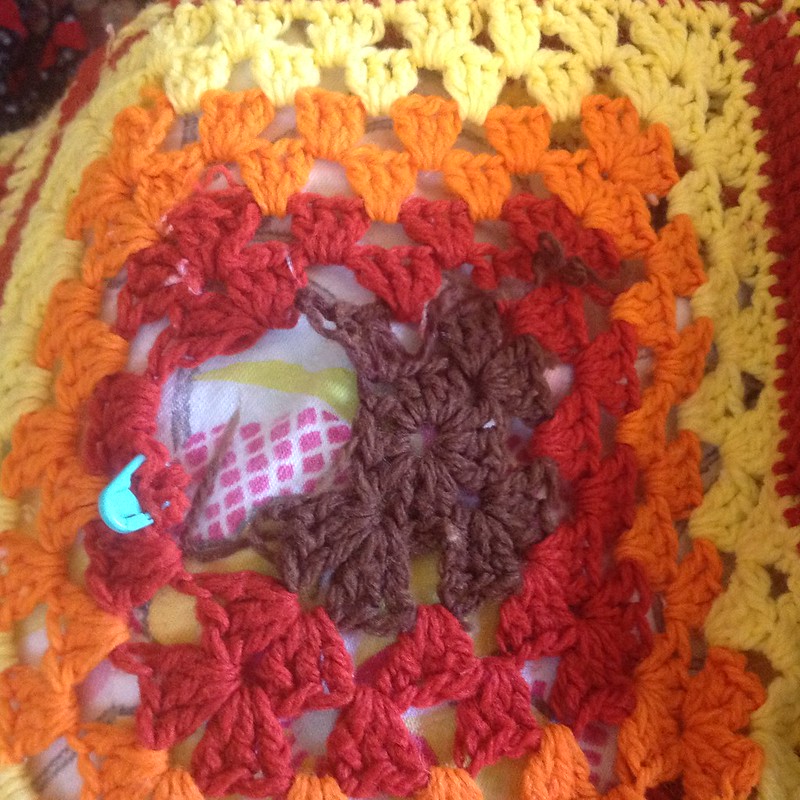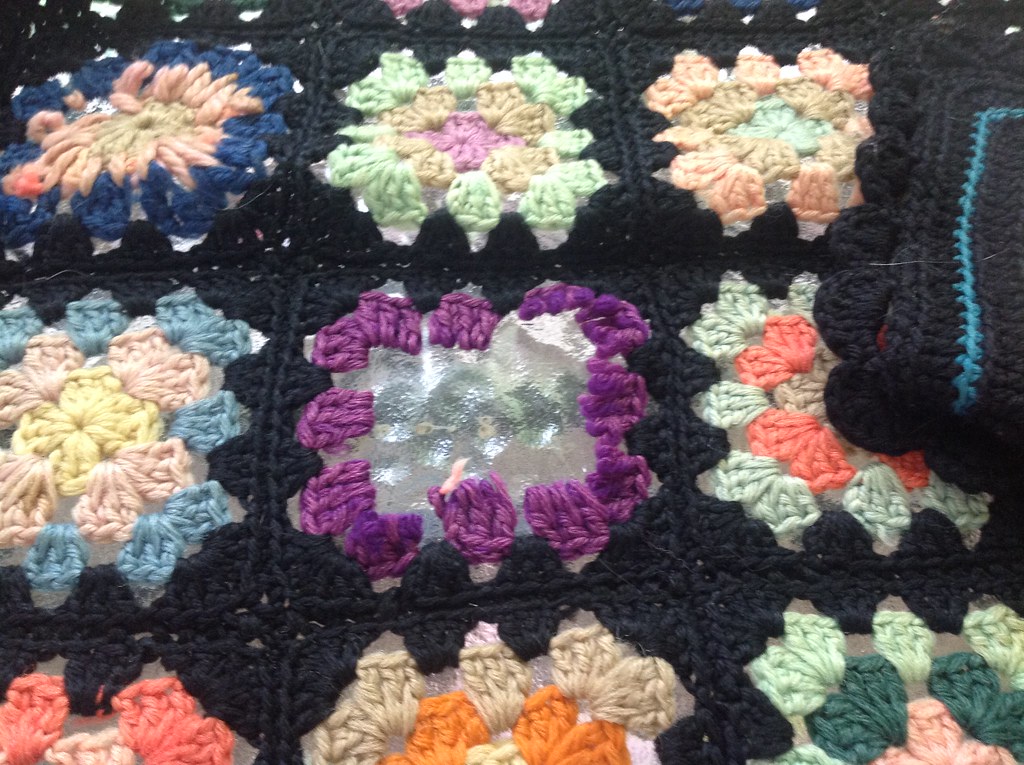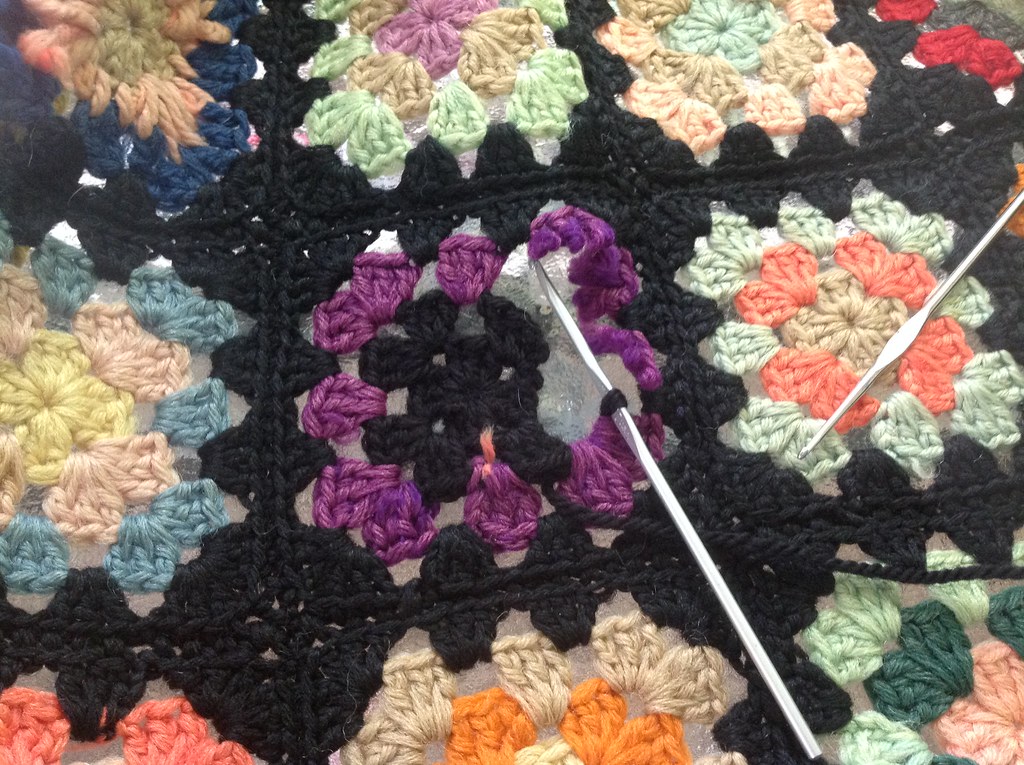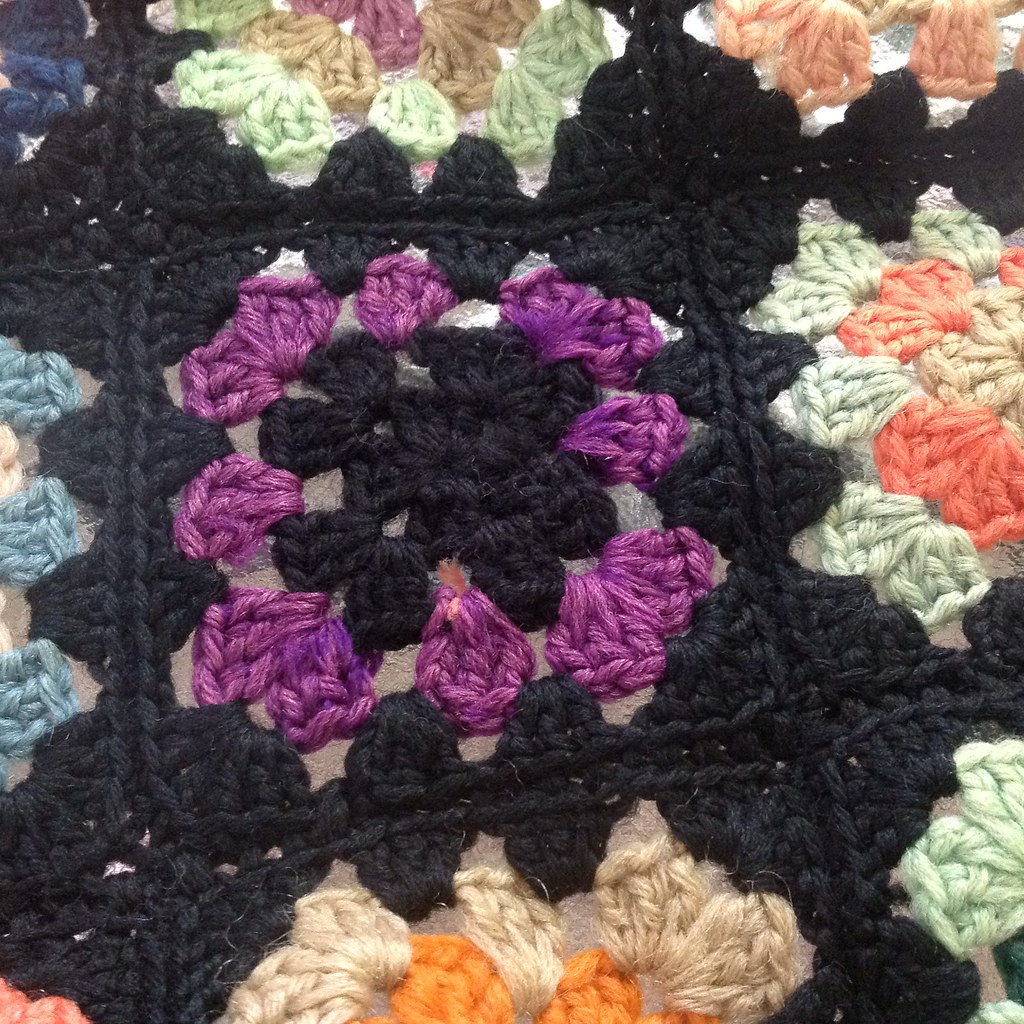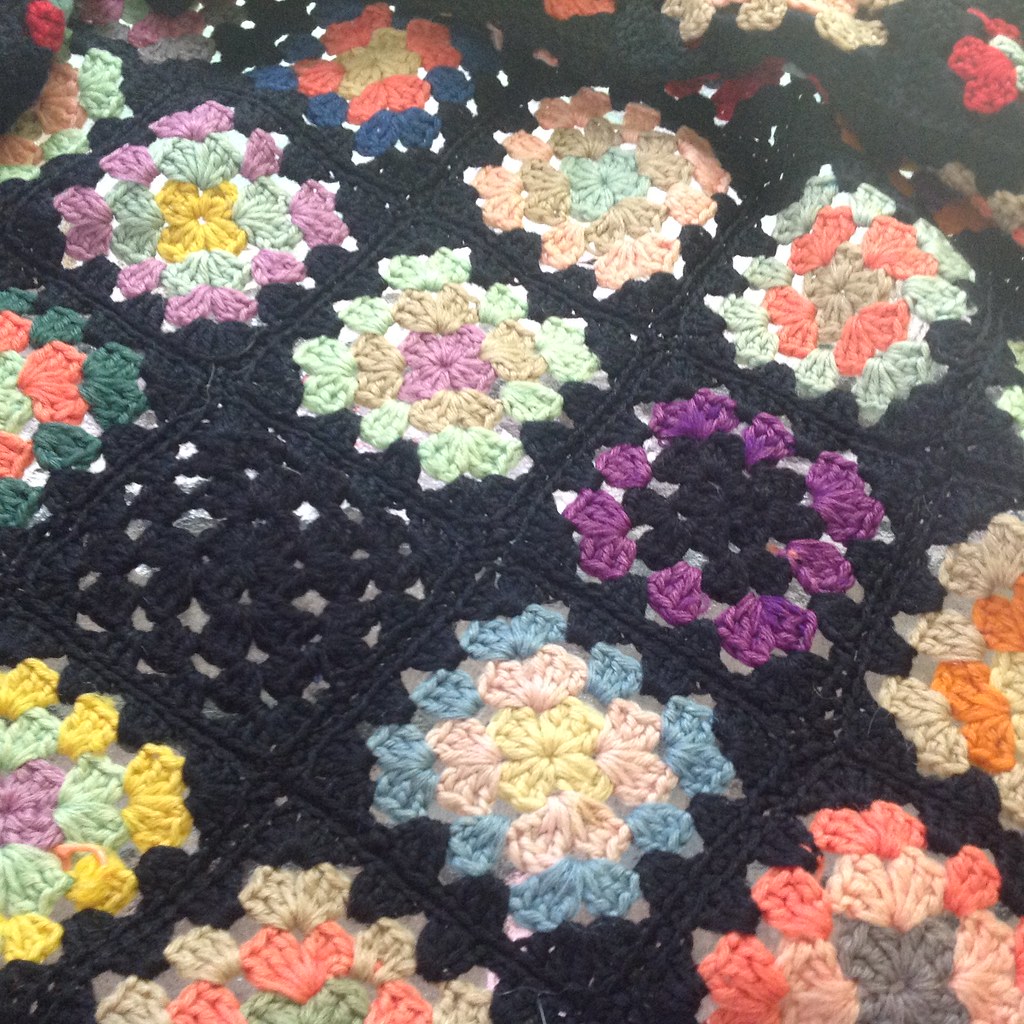
Photo Credit: Interweave/Harper Point Photography
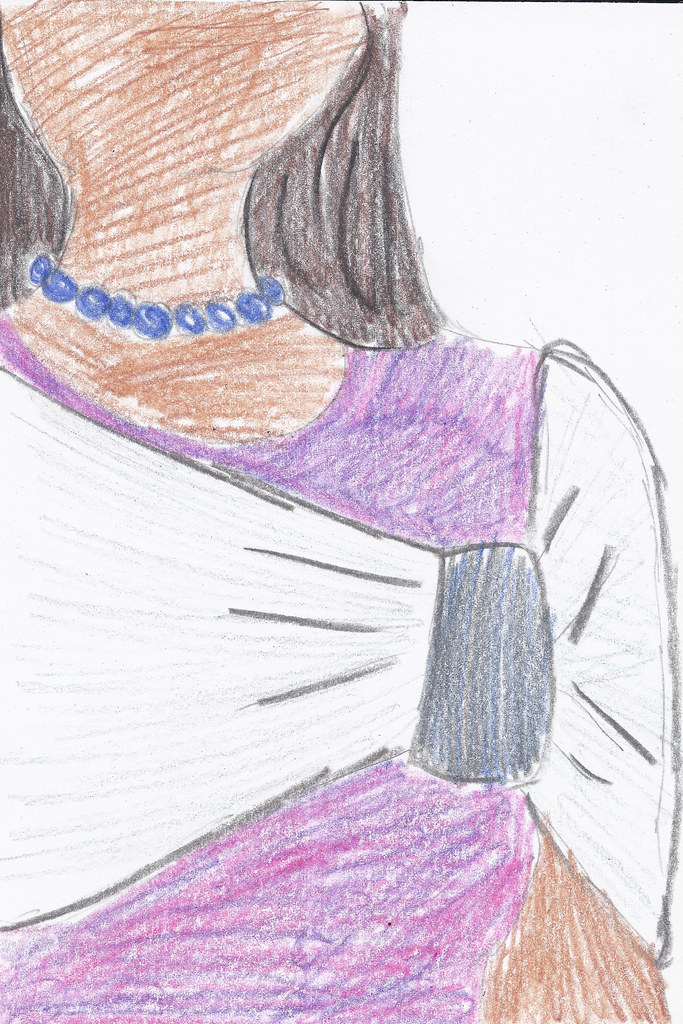
My original sketch for the design proposal.
They say that copying is the highest form of flattery. While I’m not quite sure that’s true, this piece is directly inspired by a cute little miniature wrap I saw on a small child last winter. While I wouldn’t be surprised if the little girl’s version was more complicated, I immediately thought that I’d wear her wrap, in an adult size. Bow Wrap was then put in my brain’s back pocket, until I submitted the idea to Crochetscene.
As I mentioned on Monday, when I was working on proposing these designs for Crochetscene, I was also coming off of working on a few projects in finer yarn, and I knew that I wanted something a little bit more sized up. Bow Wrap is made holding two yarns together, but you could easily substitute for a bulkier yarn with similar results. Holding the two yarns together creates a cushy, stretchy and warm ribbed fabric. The ribbed fabric is created by working crochet through the back loop.
The “gather” is made in a contrast color, with a single yarn held together. I toyed with the idea of creating another version of this, in a sparkly yarn or fastening some glittery pin over top of the gather, for some added class and interest. Well, I may yet make a second version!
There’s two things I think that make Bow Wrap stand out as a project. The first is simplicity: Bow Wrap is essentially made up of two squares – the magic happens in the seaming.
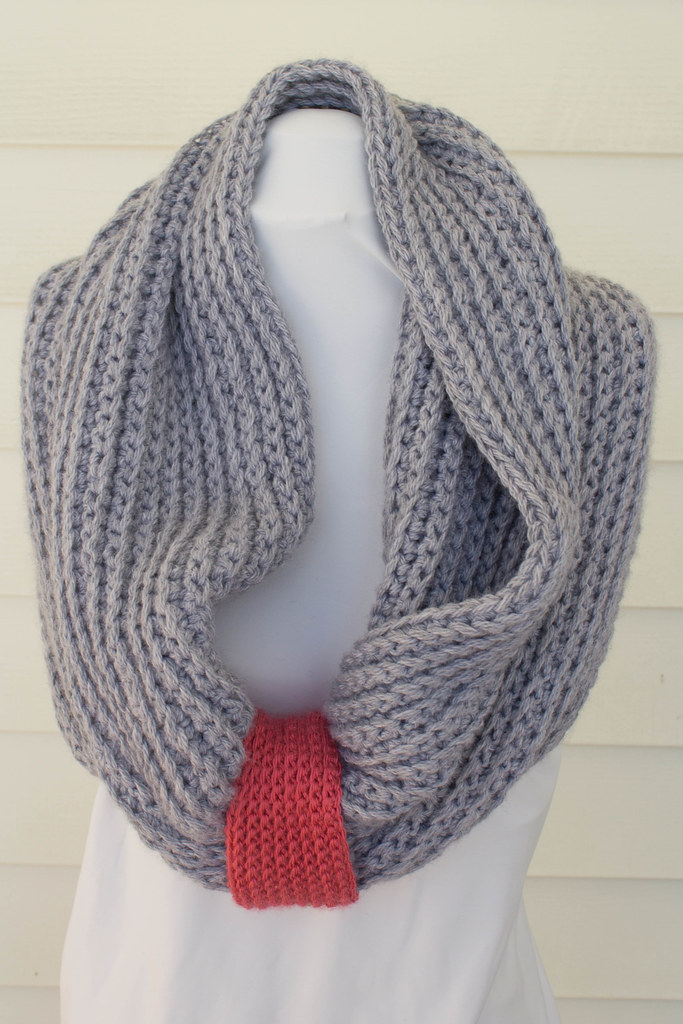
Wear over the neck and shoulders to keep out the chill!
The second thing I love about Bow Wrap is the styling options. It can be worn like it’s featured in the magazine, but it can also be worn a few other ways! I had fun taking pictures of a couple of different styling options.
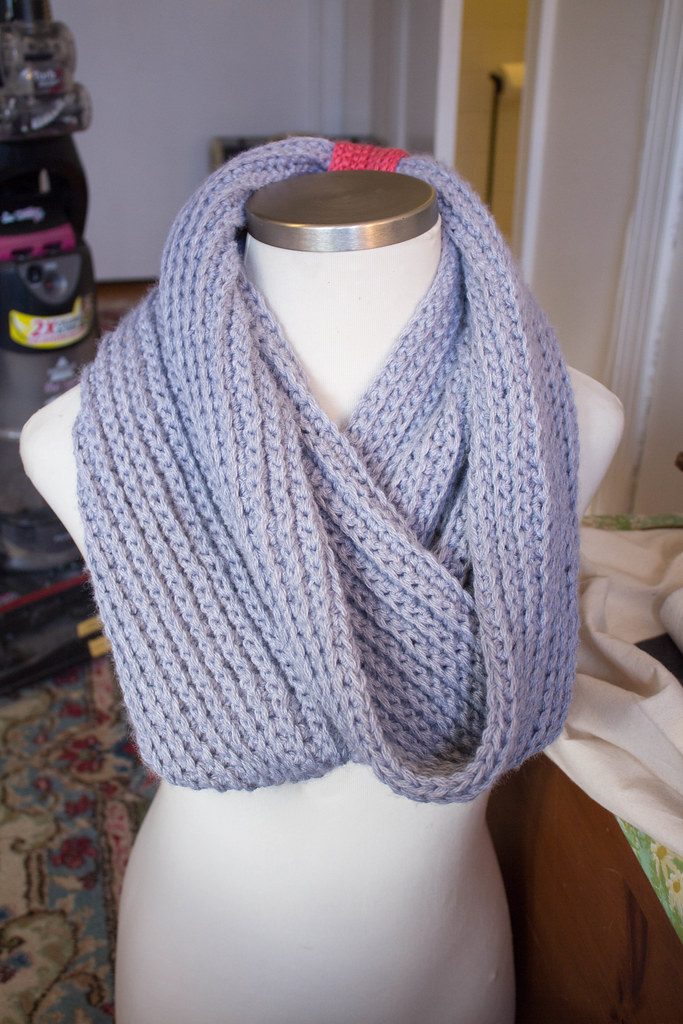
Wear it like a traditional cowl, with the “gather” in the back
Bow Wrap can be found in the latest issue of Crochetscene 2015, or on Interweave’s website. For more information and notes about my sample, you can read about it in my Bow Wrap pattern page.










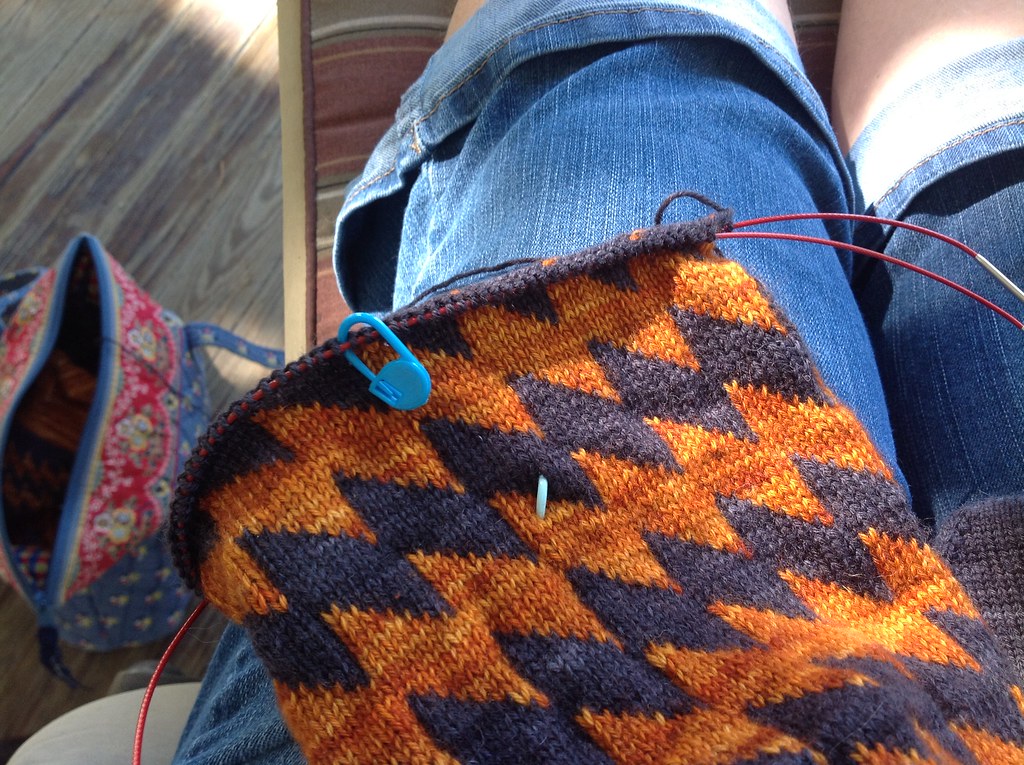
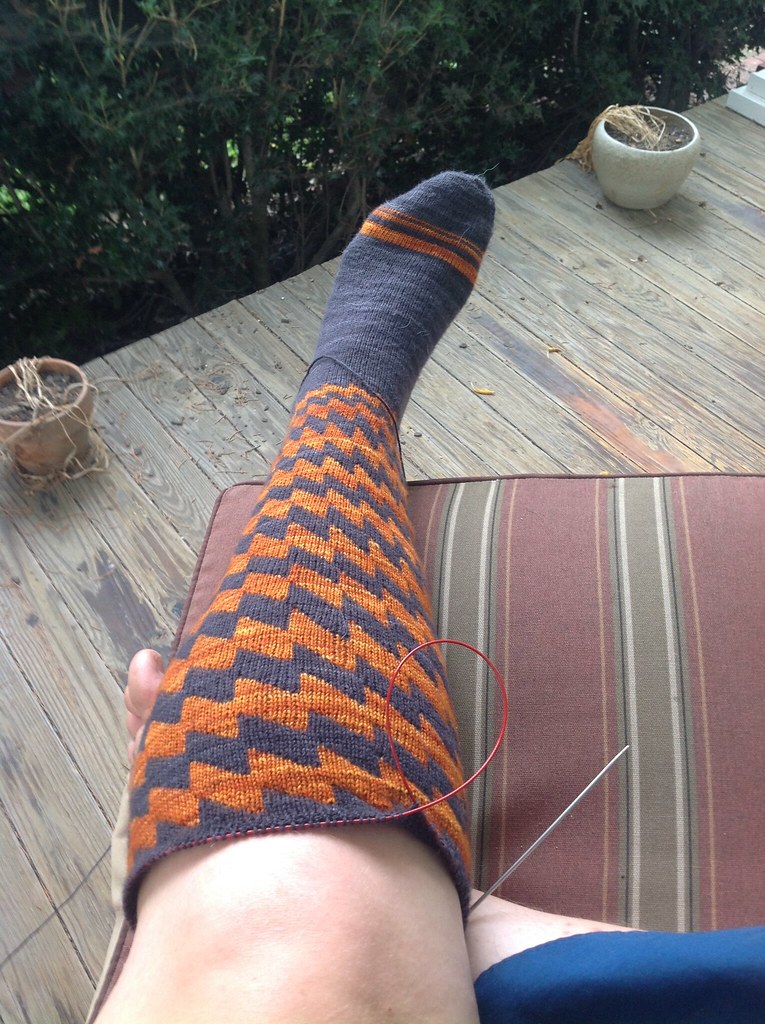
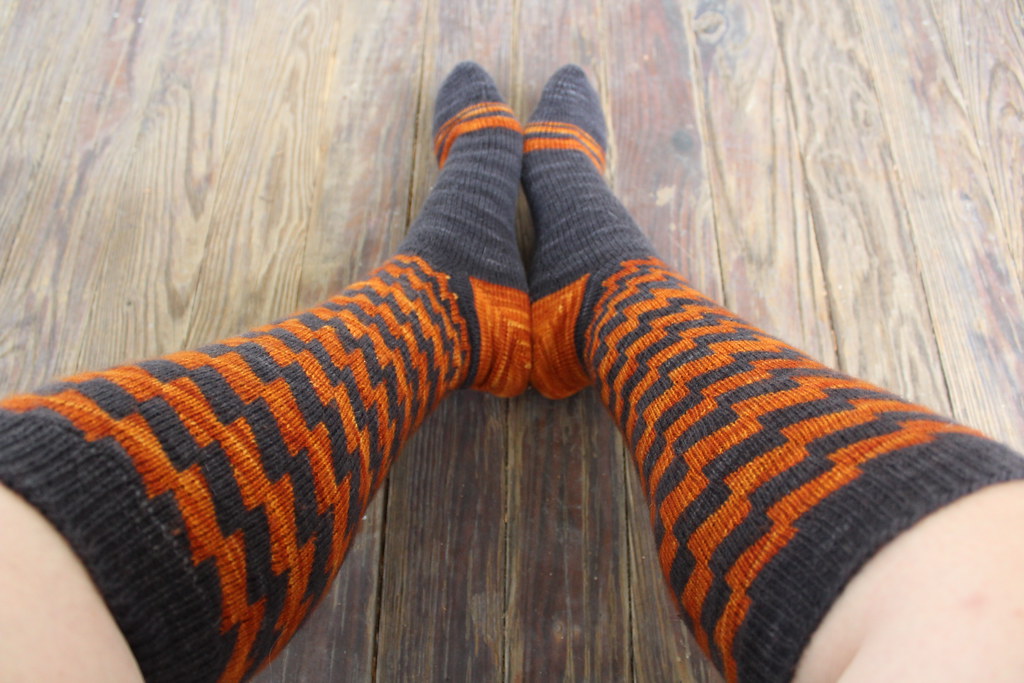
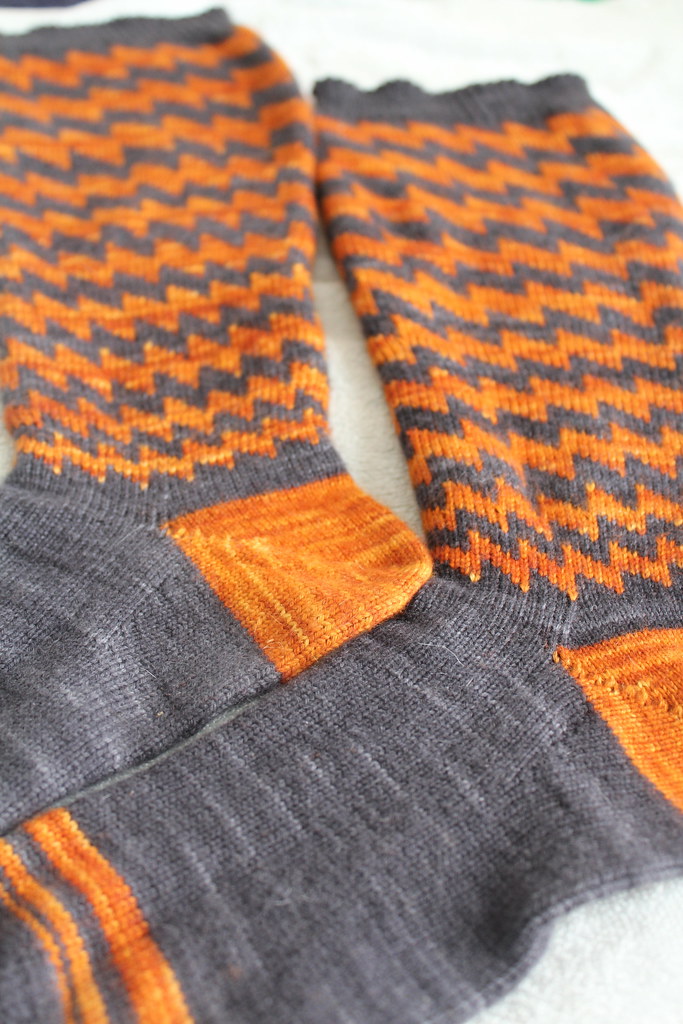

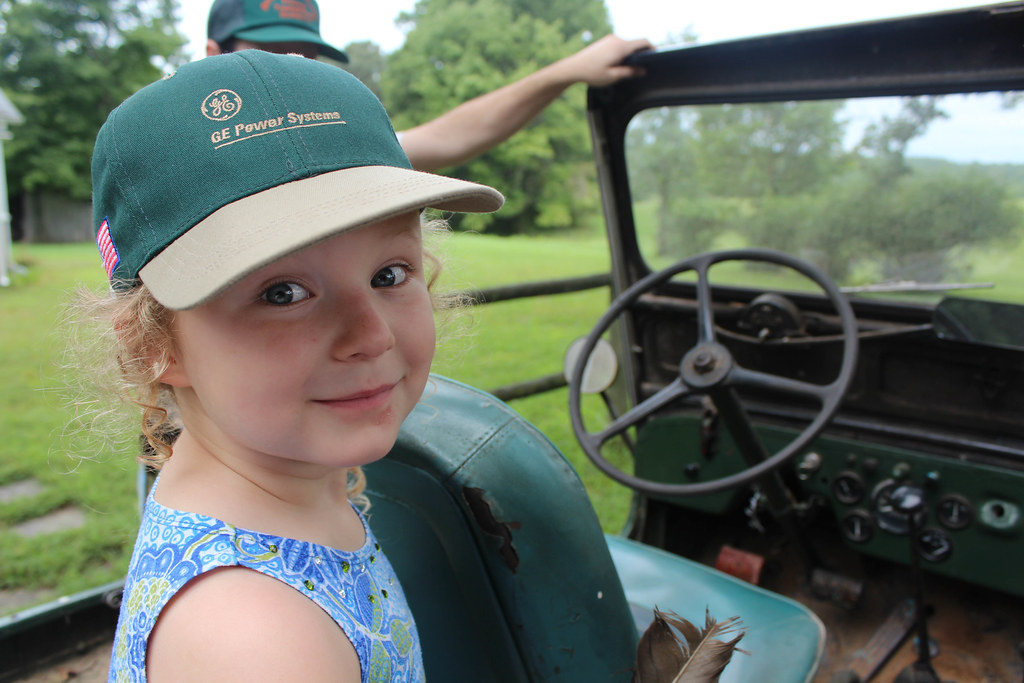
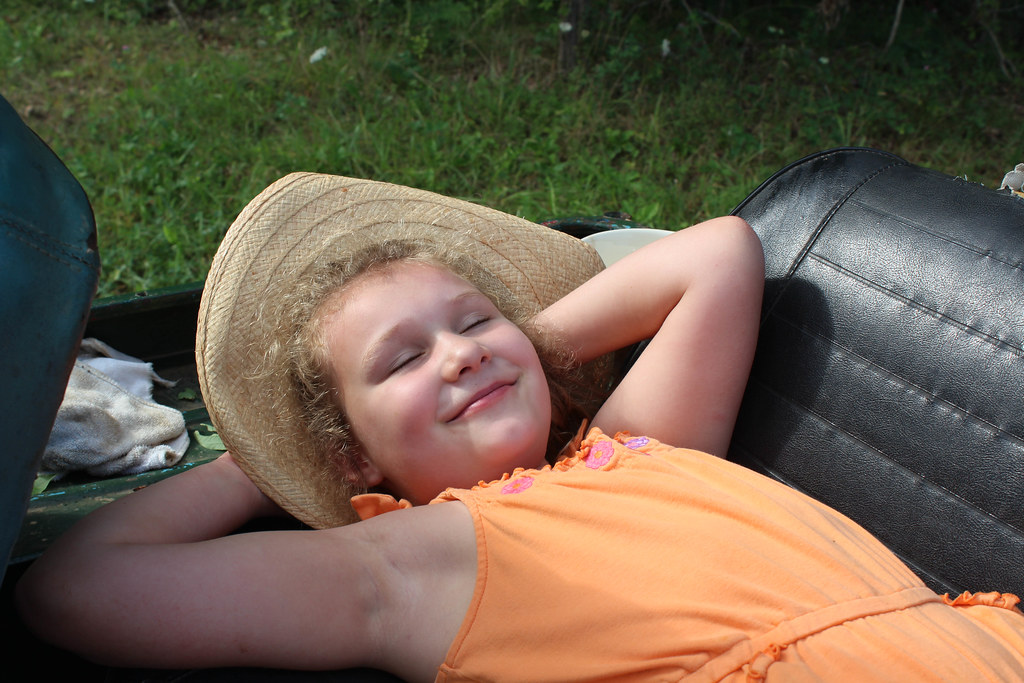
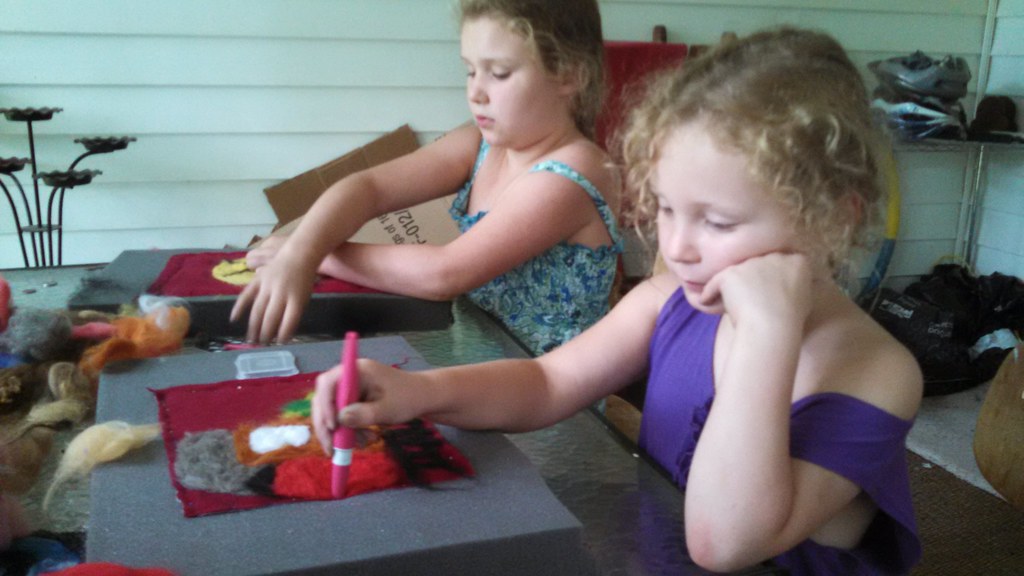 pillows in honor of Mr. Turtle’s birthday, in a week.
pillows in honor of Mr. Turtle’s birthday, in a week.
